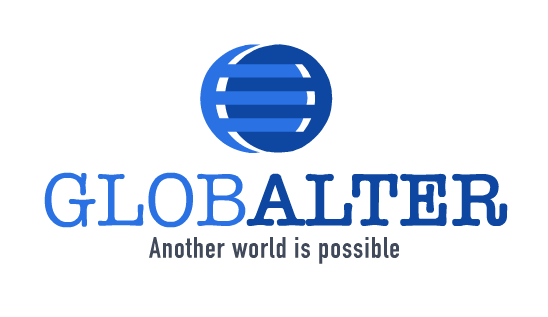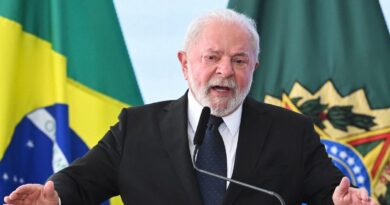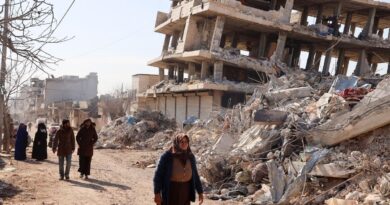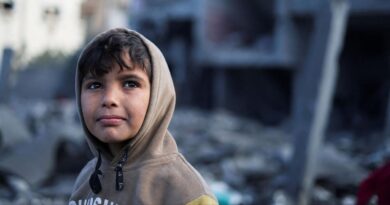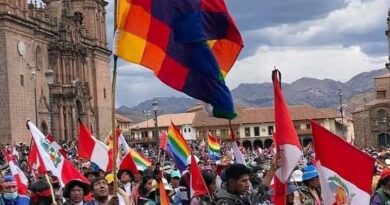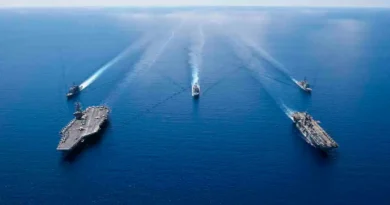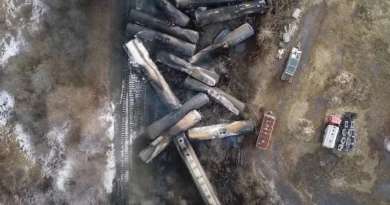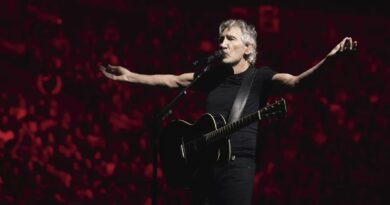The great opportunity of the BRICS to improve world development
MARCO FERNANDES
The first event of President Lula da Silva's long-awaited visit to China this April is the official ceremony held this Thursday, in which Dilma Rousseff took office as president of the New Development Bank (NDB, popularly known as the BRICS Bank). The appointment of the former president of Brazil demonstrates the priority that the BRICS countries (Brazil, China, India, Russia and South Africa) will have for the Lula government. In recent years, the BRICS group has been losing some of its dynamism. One of the reasons was the withdrawal of the Latin American country – which had always been one of the driving forces of the group – due to the decision of the last two right-wing and extreme-right governments (between 2016 and 2022) to align with the United States.
A new impetus for the BRICS?
After the last summit in 2022 (organized by Beijing and held virtually) the idea of expanding the group was reinforced and it is expected that this year they will join more countries to the BRICS. Argentina, Algeria and Iran have already officially applied to join the group, and various others are publicly considering doing so, including Indonesia, Saudi Arabia, Turkey, Egypt, Nigeria and Mexico.
BRICS countries occupy one place every time most important in the world economy. In GDP by purchasing power parity (PPP), China is the world's largest economy, India third, Russia sixth and Brazil eighth. BRICS now represent 31,5% of world PPP GDP, while the G7 share has fallen to 30%. They are expected to contribute more than 50% of global GDP by 2030, and the proposed expansion will almost certainly bring this forward.
Bilateral trade between the BRICS countries has also grown strongly: trade between Brazil and China it has broken records every year and reached 150.000 million dollars in 2022; between Brazil and India, there was an increase of 63% from 2020 to 2021, reaching more than 11.000 million dollars; Russia tripled exports to India from April to December 2022 compared to the same period of the previous year, expanding to 32.800 billion dollars; while trade between China and Russia it jumped from $147.000 billion in 2021 to $190.000 billion in 2022, an increase of about 30%.
The conflict in Ukraine has brought them closer politically. China and Russia have never been so aligned, with a "partnership without limits", as is clear from the recent visit to Moscow of President Xi Jinping. South Africa y India They have not only refused to bow to NATO pressure to condemn Russia for the conflict or impose sanctions on it, but have moved even closer to Moscow. India, which in recent years has been closer to the United States, seems increasingly committed to the Global South's strategy of cooperation.
The NDB, the CRA and the alternatives to the dollar
The two most important instruments created by the BRICS they are the New Development Bank (NDB) and the Contingency Reserve Agreement (CRA). The first aims to finance various development projects – with an emphasis on sustainability – and is considered a possible alternative to the World Bank. The second could become an alternative fund to the IMF, but the lack of strong leadership since its inauguration in 2015 and the absence of a solid strategy on the part of the five member countries have prevented the CRA from taking off.
Currently, one of the main strategic battles for the Global South is the creation of alternatives to the hegemony of the dollar. as he confessed US Republican Senator Marco Rubio by the end of March, the United States will increasingly lose its ability to sanction countries if they reduce their use of the dollar. Almost every week there is a new deal between countries to circumvent the dollar, like the one recently announced by Brazil and China. The latter already has similar agreements with 25 countries and regions.
Currently, there is a working group within the BRICS whose task is to propose a own reserve currency for all five countries, it could be based on gold and other commodities. He project is called R5 by the coincidence that all the currencies of the BRICS countries begin with R: renminbi, rubles, reais, rupees and rands. This would allow these countries to slowly increase their growing trade with each other without using the dollar and also to decrease the share of their international reserves in dollars.
Another untapped potential so far is the use of Contingency Reserve Agreement (for a total of 100.000 million dollars) to bail out insolvent countries. When a country's international reserves run out of dollars (and it can no longer trade abroad or pay its foreign debts), it is forced to ask the IMF for a bailout, which takes advantage of the country's desperation and lack of options to impose austerity packages with cuts in state budgets and public services, privatizations and other neoliberal austerity measures. For decades, this has been one of the weapons of the United States and the EU to guarantee the implantation of neoliberalism in the countries of the Global South.
Right now, the five BRICS members have no problem with international reserves, but countries like Argentina, Sri Lanka, Pakistan, Ghana and Bangladesh meet in a bad situation. If they could access the CRA, with better conditions to repay the loans, this would mean a political breakthrough for the BRICS, which would begin to demonstrate their ability to build alternatives to the financial hegemony of Washington and Brussels.
The NDB would also have to start de-dollarizing, doing more trading in the currencies of its five members. For example, of the 32.800 billion dollars of projects approved so far in the NDB, around 20.000 billion were in dollars, and about the equivalent of 3.000 billion was in euros. Only 5.000 billion were in RMB and very few in other currencies.
Reorganizing and expanding the NDB and the CRA will be a huge challenge. The leaders of the five countries will have to align themselves in a common strategy that guarantees that both instruments fulfill their original missions, which will not be easy. Dilma Rousseff, an experienced and respected leader around the world, brings hope for a new beginning.
Rousseff fought against Brazil's civil-military dictatorship in the 1960s and 1970s and spent three years in prison thus. She became one of President Lula's key ministers in the 2000s, and was elected Brazil's first female president, later winning re-election (2010 and 2014). She was in office until she was overthrown by a blight of State based on fraudulent motives by Congress (2016) - which has already admitted the fraud -. He has just returned to political life to lead one of the most promising institutions in the Global South. After all, President Dilma Rousseff has never shied away from big challenges.
Marco Fernandes is a researcher of Tricontinental Institute for Social Research.
This article is published in collaboration with Globetrotter
